
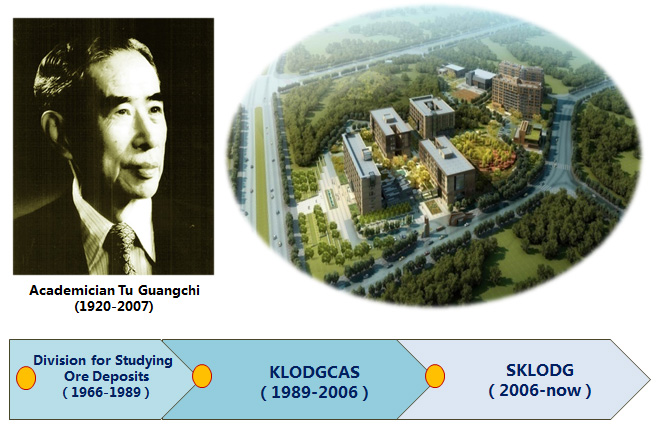 |
The Ore deposit geochemistry is one of the dominant research fields of the Institute of Geochemistry, Chinese Academy of Sciences (IGCAS).
The predecessor of the State Key Laboratory of Ore Deposit Geochemistry (SKLODG) is the Key Laboratory of Ore Deposit Geochemistry Chinese Academy of Sciences (KLODGCAS) which was established in 1989 on the basis of the Division for Studying Ore Deposits in IGCAS. The SKLODG was approved to be constructed in 2006 and verified by the Ministry of Science and Technology in 2009.
The SKLODG and its predecessors have obtained a series of important achievements including First- and Second-class Prizes of China Natural Science Awards. It has relatively obvious advantages and features. It is one of important bases for high-level scientific research and personnel training in field of mineral resources in China. |
Selected Representative Achievements (obtained by the Lab (In Charge))
-
First-class Prize of China Natural Science Awards: Geochemistry of the strata-bounded deposits in China
-
Second-class Prize of China Natural Science Awards: Mineralogy and geochemistry of the Bayan Obo REE-Nb-Fe deposit
-
Second-class Prize of China Natural Science Awards: Geochemistry of the granites in south China (Co-organizer: Nanjing University)
-
Second-class Prize of China Natural Science Awards: Dispersed elements deposits and low temperature mineralization
-
First-class Prize of the Natural Science Awards of CAS: Geochemistry of low temperature diagenesis and mineralization
-
First-class Prizes of the Scientific and Technological Progress Awards of Guizhou Province:
The ore-forming mechanism of the dispersed elements
A basic research on the theory and associated prospecting of superlarge ore deposits in China
The extension and metallogeny of the continental lithosphere
-
First-class Prizes of the Scientific and Technological Progress Awards of the Ministry of Land and Resources:
The study on the large-scale metallogeny and prediction for large metallogenic clusters (Co-organizer: Institute of Mineral Resources, CAGS)

Major Research Fields and Targets
(1) The metallogeny of important metallogenic belts and specific metallogenic systems in China
Contents of Research
The large area low temperature metallogeny and the dispersed elements metallogeny in southwestern China, the metallogeny of mantle plume in China, the large-scale Mesozoic and Cenozoic mineralization in southeastern China, the metallogeny of the Tethyan tectonic domain in the Sanjiang area, southwestern China, the metallogenic system associated with the alkaline-rich intrusions, etc.
Targets of Research
Focusing on key scientific issues including the relationship between the interaction among variou spheres and metallogeny, the relationship between the continental dynamics and mineralization, the detailed evolution process of mineralization, taking comprehensive study on some important metallogenic belts and specific metallogenic systems in China, to establish new theories of continental metallogeny with geological characteristics of China.
(2) Theoretical and experimental modeling of the metallogeny
Contents of Research
To study activity regularities of elements in the processes of hypogenic metallogeny and supergenic mineralization through theoretical and experimental modeling, to explore new geochemical tracing and analytical methods for ore deposit geochemistry.
Targets of Research
To determine geochemical behaviors of elements in geological process, and physicochemical conditions of the mobilization, transportation and precipitation of elements, to explore research methods for studying ore deposit geochemistry, and to provide new fundamental theories of metallogeny, establishing new metallogenic models and guiding mineral exploration.
(3) Theories and methods for prospecting important mineral resources
Contents of Research
To initiate basic geological and geochemical research on problems associated with the prognostication of concealed mineral deposits, to develop techniques for extracting signals of mineralization in depth, and to undertake researches on the geophysical exploration techniques and models for precisely positioning concealed mineral deposits in depth.
Target of Research
On major research objects of urgently needed mineral resources and nearly exploited mines, under the guidance of the metallogenic theories and on the basis of temporal and special distribution regularities of the known metallogeny, to establish theories and methods for prognosticating those urgently needed mineral resources and orebodies lower or outer zones of the nearly exploited mine, through researches on the relationship between metallogenic models and exploration models, the different and common features between the original anomaly and the secondary anomaly, the vertical and horizontal zonations of deposits, and the identification of mineralization signals in depth under strong interference.
Major Research Projects and Achievements Since 2010
From 2010 to 2014, some important advances have been made by scientists of the SKLODG in researches on the ore-forming elements and isotope tracing theories, techniques and methods, the mantle plume metallogeny, the large area low temperature metallogeny and dispersed elements mineralization, the intra-continental porphyry mineralization, the large scale Ynashanian U, W, Sn polymetallic mineralization in the South China, and theories and methods for prognosticating important mineral resources. A total of 707 research papers, including 317 SCI papers (SCI cited conference papers are not included) and 342 CSCD papers, and 8 monographs, have been published. Numbers of SCI papers and those with SCI index > 3 are 2 and 3 times of those published in the period from 2005 to 2009 by the SKLODG, respectively. A total of 14 prizes/awards at or above provincial/ministerial-levels, including 1 prize of the Highest Scientific and Technological Award of Guizhou Province, 5 first-class and 6 second-class provincial/ministerial prizes, have been gained.
Since 2010, a large number of research projects, including “State 973 Projects”, State Scientific and Technological Supporting Program (SSTSP)” and projects sponsored by the National Natural Science Foundation of China (NSFC), have been undertaken and/or completed by staffs of the SKLODG. They include 2 "State 973 Projects", 83 projects of the NSFC (6 key projects, 3 projects of the Outstanding Youth Program, 74 normal and youth projects), and 2 SSTSP projects. Some important projects are listed below.
The intra-continental metallogeny of the South China continental terrain: background and process (State 973 Project, Chief Scientist: HU Ruizhong)
The large scale low temperature metallogeny in the South China (State 973 Project, Chief Scientist: HU Ruizhong)
The computational geochemistry (a project of the Outstanding Youth Program NSFC, Project Leader: LIU Yun)
The ore deposit geology (a project of the Outstanding Youth Program NSFC, Project Leader: ZHONG Hong)
The seismic anisotropy and multi-component seismic technology (a project of the Outstanding Youth Program NSFC, Project Leader: WANG Yun)
The extension of South China lithosphere and large-scale uranium mineralization from Cretaceous to Tertiary
(Key Project NSFC, Leader: HU Ruizhong)
The metalloeny of magmatic (PGE)-Cu-Ni sulfide and V-Ti-Fe oxide of the Emeishan Large Igneous Province
(Key Project NSFC, Leader: SONG Xieyan)
The geochemical process and dynamic background of the enrichment of the dispersed elements—A case study on the western margin
of the Yangtze Terrain (Key Project NSFC, Leader: WEN Hanjie)
The copper and gold metallogeny of the Ailaoshan-Jinshajiang Cenozoic alkali-rich magmatic systems (Key Project NSFC, Leader: BI Xianwu)
The chronology and geodynamics of the large area low temperature metallogeny in the southwestern margin of the Yangtze Terrain
(Key Project NSFC, Leader: HU Ruizhong)
The metallogenic process and dynamic background of the clustered area of Pb-Zn deposits in the Chuan-Dian-Qian conjunction
(Key Project NSFC, Leader: HUANG Zhilong)
The study on the evaluating techniques and demonstration for exploring the Carlin type gold deposits in the Dian-Qian-Gui area
(SSTSP Project , Leader: XIA Yong)
Numerical simulation Tech of seismic wave response of coal-bed methane reservoir (National Science and Technology Major Project, Leader: WANG Yun)
PEOPLE
There are 82 staff members (including 29 research professors, 28 associate research professors and senior engineers) and 134 research students and post-doctoral fellows in the SKLODG. There are 5 NSFC Outstanding Youth Fund winners and 71 PhD degree holders within staff members of the SKLODG. They have formed an excellent research team with appropriate scale, high qualification, Solidarity and collaboration, and rational structures both in ages and expertise.


 |
|
|
 |
|
He received PhD degree at Chengdu College of Geology in 1988, did post-doc research and have been working at IGCAS since 1989, did visiting scholars of universities in New Zealand, UK, USA. He is a Visiting Professor of the University of Hong Kong. He is major in ore deposit geochemistry and isotope geochemistr.
He is the director of the IGCAS, director of the SKLODG, president of the Chinese Society for Mineralogy, Petrology and Geochemistry, vice president of the Chinese Committee of the International Association on the Genesis of Ore Deposits (IAGOD), Fellow of Society of Economic Geologists (SEG), deputy Editor-in-Chief for Mineralium Deposita. chief scientist for 3 State 973 Projects.
He has published over 170 SCI papers and 9 monographs, received 1 second-class prize of the Natural Science Award of China, 4 first-class prizes of provincial/ministerial Science and Technology Award. He won the Highest Science and Technology Award of Guizhou Province in 2014. He won China Youth Science and Technology Award, China Excellent Returned Personnel Award, the Outstanding Achievement Award for Research Team of the State 973 Project, the National Advanced Science and Technology Workers Award. He is a winner of the NSFC Outstanding Youth Fund, the National Pacesetter Engineering Candidate, Core Expert of Guizhou Province. |
|
|
He graduated from the Universiy of Science and Technology of China in 1965, studied in the Department of Earth and Planetary Sciences in the MIT from 1983 to 1986. As a visiting scholar, he visited Max-Plank Institute of Chemistry, Germany and the University of Hong Kong many times. He was verified and approved as an Academician of the CAS in 2003. He is a professor of the China University of Geosciences (Beijing), advisor for PhD students. He is major in isotope chronology and isotope-trace element geochemistry.
In early time, he successfully prognosticated the Fe-rich orebodies in depth in the Gongchangling Mine based on his researches on genesis of the Gongchangling Fe-rich deposit and the utilization of trend surface analysis of multivariate statistical methods. Since 1983, he has focused researches on theories and methods of isotope chronology for metamorphic rocks and chemical geodynamics of the Dabie orogenic belt, and has received a series of important achievements. He is recently keen on untraditional stable isotope geochemistry.
He has published over 170 papers, with over 2000 cited frequencies for papers which he authored as first or corresponding author. He was elected one of the highly cited authors in field of the Earth Science in the world in period of 2003-2014. He received a second-class prize of the Scientific and Technological Progress of the CAS in 1982, a prize of the Scientific and Technological Progress of the HO LEUNG HO LEE Foundation in 2005, a first-class prize of the Natural Science Award of Anhui Province in 2008, a second-class prize of the Natural Science Award of China in 2010. |

Academic Leaders of the SKLODG
|

HU Ruizhong |
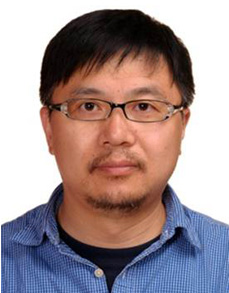
LIU Yun |
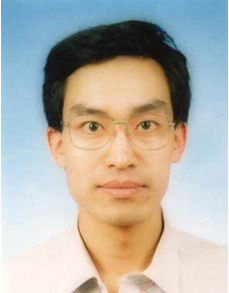
ZHONG Hong |
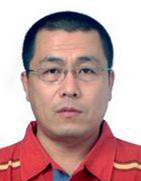
WANG Yun |
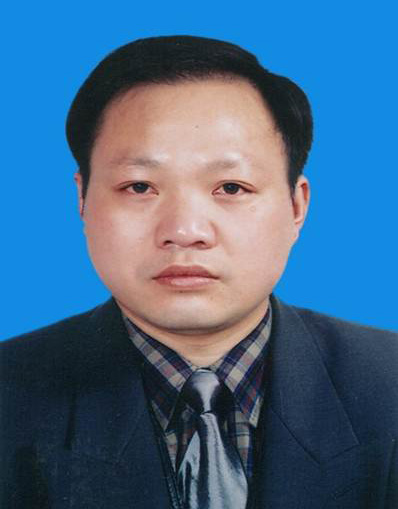
HUANG Zhilong
|
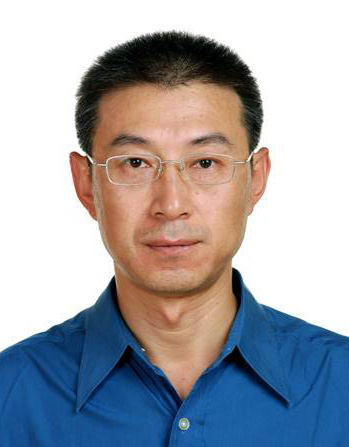
SONG Xieyan |
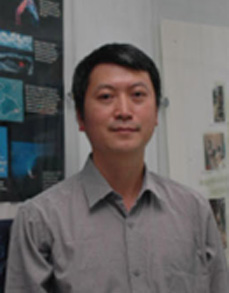
QI Liang |

WAN Quan |
|
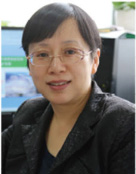
BI Xianwu |
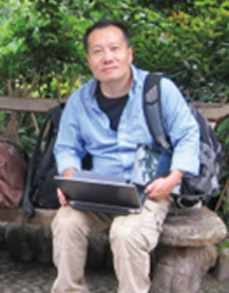
BAO Huiming
|
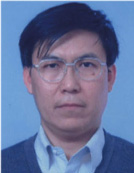
FU Liyun |
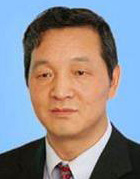
ZHANG Qian |
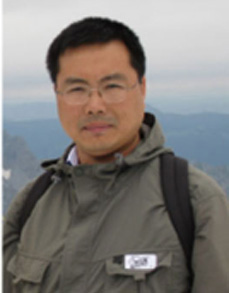
WEN Hanjie |
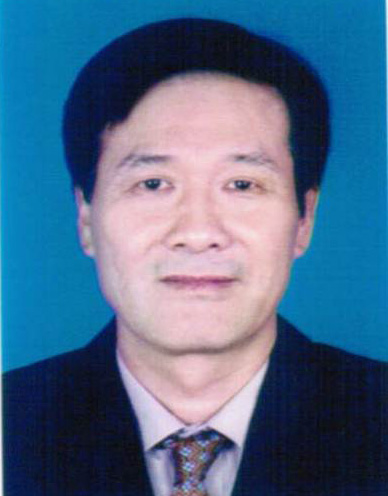
ZHANG Zhengwei
|
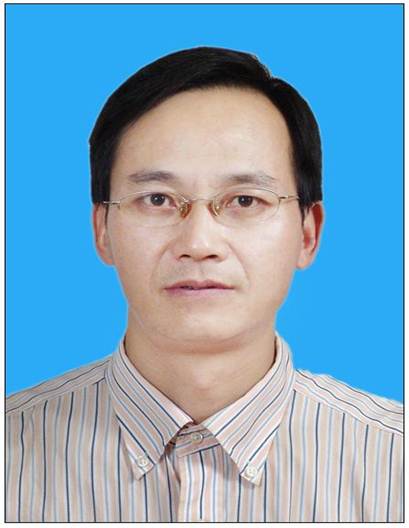
SU Wenchao
|
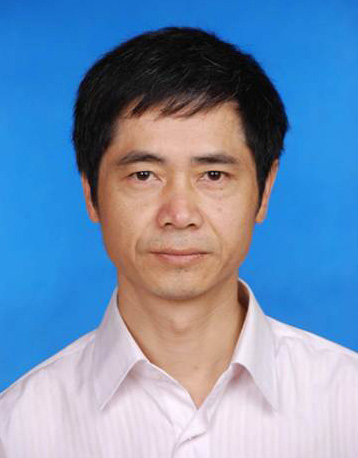
TAO Yan |
|
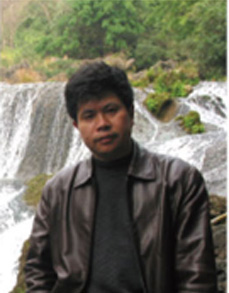
XIA Yong |
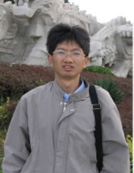
PENG Jiantang
|
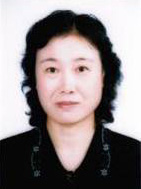
ZHU Xiaoqing |
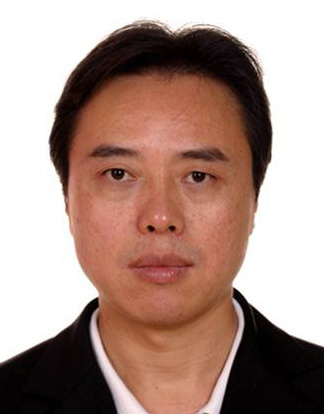
ZHOU Guofu
|

ZHU Weiguang
|
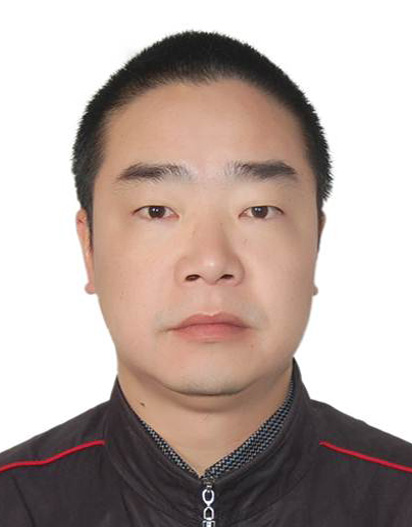
LUO Taiyi |
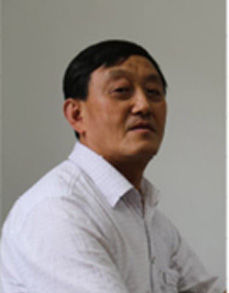
GONG Guohong
|
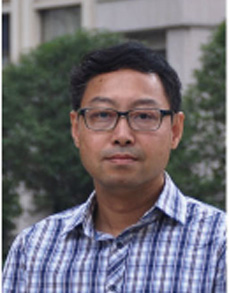
LIU Shirong |
|

ZHANG Xingchun |
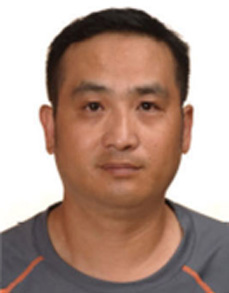
YE Lin |
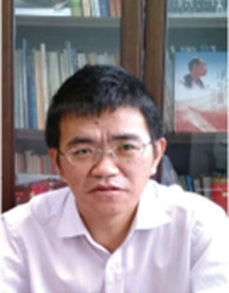
QI Huawen |

SHANG Linbo |
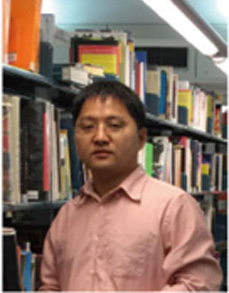
ZHANG Feiwu |

GAO Jianfeng |

LI Xiaofeng |
|
Postgraduate and Postdoctoral Education
|
The predecessors of the SKLODG was among the first batch of units which were authorized by the Ministry of Education of China for conducting MSc and PhD degree courses in China. It was also among the first batch of building units of the post-doctoral research fellow circulation station in China.
There are three specialties for MSc degree and two specialties for PhD degree training, and one for specialty for post-doctoral training in the SKLODG.
From 2010 to 2014, there are 217 research students and post-doctoral fellows, including 105 MSc students, 88 PhD students, and 24 post-doctoral fellows in the SKLODG. From 2010 to 2014, 34 MSc students and 68 PhD students have graduated and received their degrees respectively, and 7 post-doctoral research fellows have completed their research work.
One PhD student received the Excellent PhD Thesis Award of the CAS, 5 students received the Excellence Awards of President of the CAS, 101 students received other kinds of awards respectively.
At the end of 2014, there are 134 students and post-doctoral fellows, including 49 MSc students, 64 PhD students, and 21 post-doctoral fellows, in the SKLODG.
Many students and post-doctoral fellows graduated from the SKLODG and its predecessors have become academic leaders in field of Earth Sciences in China. |
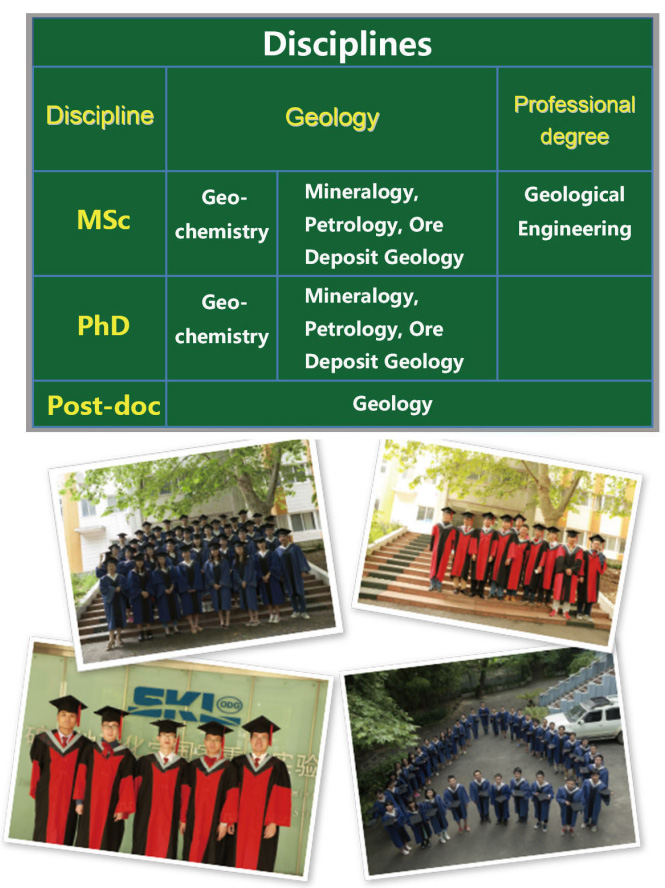 |
Facilities
There are 32 sets of large instruments, including MC-ICP-MS, stable isotope MS, noble gas MS, LA-ICP-MS, TIMS, XRF, laser Raman spectrometry, electron microprobe, analytical-scanning transmission electron microscope, field emission scanning microscope, multi-function XRD, etc. Basically, 3 sets of technical platforms including a platform for measuring elemental and isotopic compositions, a platform for observing micro textures and micro morphological features of minerals, and a platform for experimental and computational modeling of the metallogeny, have been established with those instruments in the SKLODG. Therefore, a strong support for studying ore deposit geochemistry has been provided.
Opening to Outside
|
The SKLODG persistently implements the policy of opening to outside and adopts ways of directional-support and free application of its research funds.
From 2010 to 2014, 72 projects (including 46 approved proposals with total fund of 5,325,000 RMB) funded by the SKLODG are in processing. Especially, 18 out of 72 projects are running by overseas experts. Total 141 published papers are marked with the financial support by the special fund of the SKLODG. Over 80 excellent scholars from universities and institutes of USA, Canada, Australia, Germany, UK, and France, and from the University of Hong Kong, Nanjing University, Zhejiang University, the University of Science and Technology of China, the Sun Yat-Sen University, Peking University, China University of Geosciences, Chengdu University of Technology, Kunming University of Science and Technology, Chinese Academy of Geological Sciences, Institute of Geology and Geophysics Chinese Academy of Sciences, and Guangzhou Institute of Geochemistry Chinese Academy of Sciences have visited the SKLODG as visiting scientists on their own initiative or our cooperative interests.
As a result, an excellent academic environment has been created and all scientific research activities are conducted on the principle of “Opening, Communication, Collaboration and Competition”. |
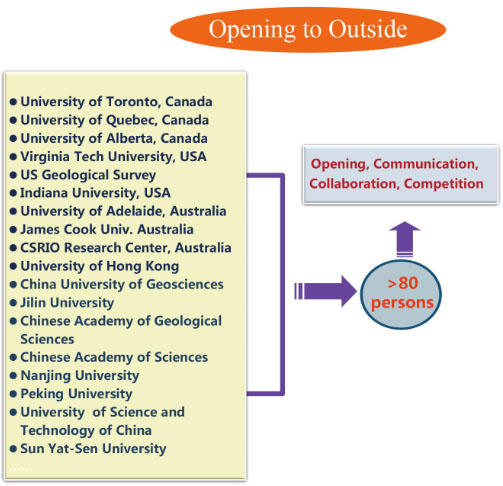 |
Domestic and Overseas Communication & Collaboration
The SKLODG has undertaken extensive domestic and overseas academic communication and cooperation which have greatly enlivened the academic environment, solved some key issues in the research and enhanced its prestige in the world.
The main collaborative organizations and universities include: Witwatersrand University, South Africa; University of Quebec, Canada; Indiana University, USA; Louisiana State University, USA; U.S. Geological Survey; University of Tasmania, Australia; Curtin University, Australia; Center de Recherches Petrographiques et Geochimiques CNRS, Swiss Federal Institute of Technology, University of Hong Kong, Nanjing University, Chinese Academy of Geological Sciences, Guangzhou Institute of Geochemistry CAS, Institute of Geology and Geophysics CAS, Yunnan Bureau of Geology and Mineral Resources, Guizhou Bureau of Geology and Mineral Resources, Guizhou Bureau of Geology and Base Metal Exploration etc.
From 2010 to 2014, the SKLODG organized and co-organized 16 China national academic conferences (including the 5th China National Symposium on Metallogenic Theories and Exploration Methods of Mineral Resources) and 5 international academic conferences (including the 12th International Ni-Cu-PGE Symposium), 96 overseas experts visited the SKLODG and 139 staff members of the SKLODG went abroad for academic collaboration.

|
Management of the SKLODG |
|
Academic Committee of the SKLODG |
 |
|
 |
Click here to view the website of SKLODG